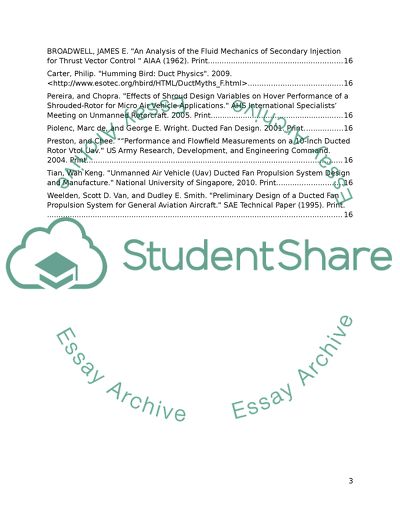Cite this document
(“Analysis/design of ducted-fan propulsion system with thrust vectoring Research Paper”, n.d.)
Retrieved from https://studentshare.org/design-technology/1668476-analysisdesign-of-ducted-fan-propulsion-system-with-thrust-vectoring-capability
Retrieved from https://studentshare.org/design-technology/1668476-analysisdesign-of-ducted-fan-propulsion-system-with-thrust-vectoring-capability
(Analysis/Design of Ducted-Fan Propulsion System With Thrust Vectoring Research Paper)
https://studentshare.org/design-technology/1668476-analysisdesign-of-ducted-fan-propulsion-system-with-thrust-vectoring-capability.
https://studentshare.org/design-technology/1668476-analysisdesign-of-ducted-fan-propulsion-system-with-thrust-vectoring-capability.
“Analysis/Design of Ducted-Fan Propulsion System With Thrust Vectoring Research Paper”, n.d. https://studentshare.org/design-technology/1668476-analysisdesign-of-ducted-fan-propulsion-system-with-thrust-vectoring-capability.


